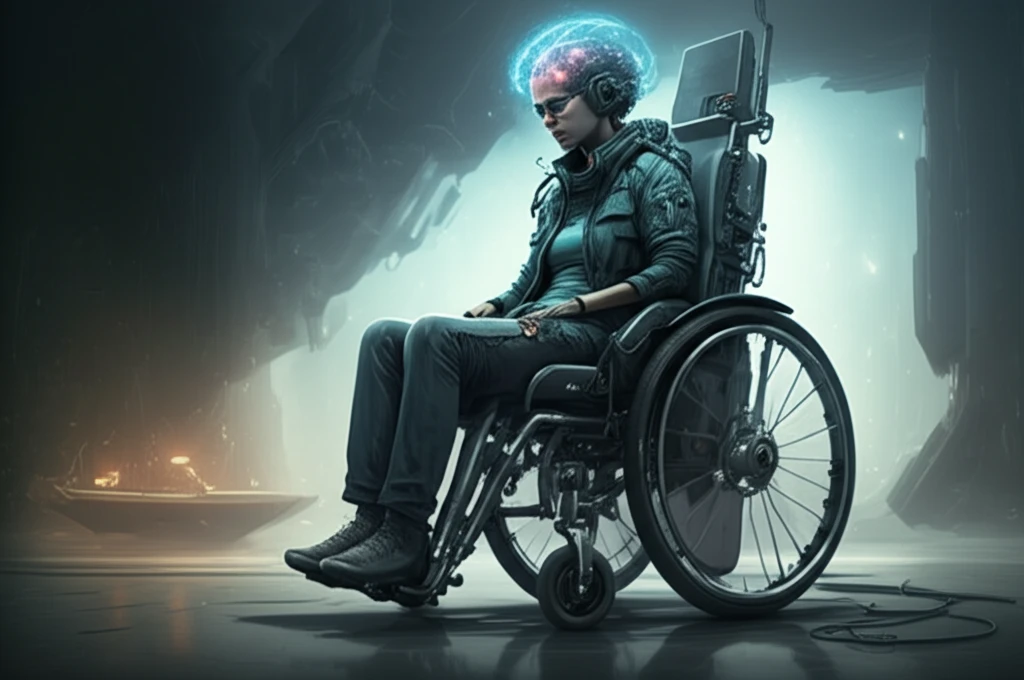
Mind-Controlled Wheelchairs: The Future is Now!
"Scientists are making amazing progress with Brain-Computer Interfaces (BCIs) to help people with disabilities control devices with their thoughts, offering new hope and independence."
Imagine controlling a wheelchair simply by thinking about it. This isn't science fiction anymore; it's becoming a reality thanks to advancements in brain-computer interface (BCI) technology. For individuals with severe neuromuscular disorders like amyotrophic lateral sclerosis (ALS) or spinal cord injuries, BCIs offer a revolutionary way to regain independence and mobility.
A brain-computer interface (BCI) creates a direct communication pathway between the brain and an external device. This technology interprets brain signals, allowing users to control machines—like wheelchairs—with their thoughts alone. The potential impact on the lives of those with limited mobility is enormous.
The pursuit of BCI technology has seen significant growth, with the market expected to reach $1.46 billion by 2020. A key focus is on developing non-invasive BCI systems, such as those using electroencephalography (EEG), to translate brain activity into commands for external devices. Among these, P300-based BCIs stand out due to their ease of use and high accuracy rates.
How Does a Mind-Controlled Wheelchair Work?

The BCI system is typically composed of three main units: an acquisition unit, a processing unit, and a navigation unit. The acquisition unit uses electrodes placed on the scalp to detect brain signals. These signals are then sent to the processing unit, where sophisticated algorithms interpret the user's intentions.
- Acquisition Unit: Wireless EEG headset collects brain signals.
- Processing Unit: A dedicated computer interprets user intentions using machine learning.
- Navigation Unit: A Raspberry Pi-based system translates commands into wheelchair movements.
The Future of BCI and Assistive Technology
The development of mind-controlled wheelchairs represents a significant leap forward in assistive technology. As BCI technology continues to advance, we can expect even more sophisticated and user-friendly systems that offer greater independence and quality of life for individuals with disabilities. Future research will likely focus on improving the accuracy and speed of brain signal interpretation, as well as enhancing the comfort and wearability of BCI devices.
